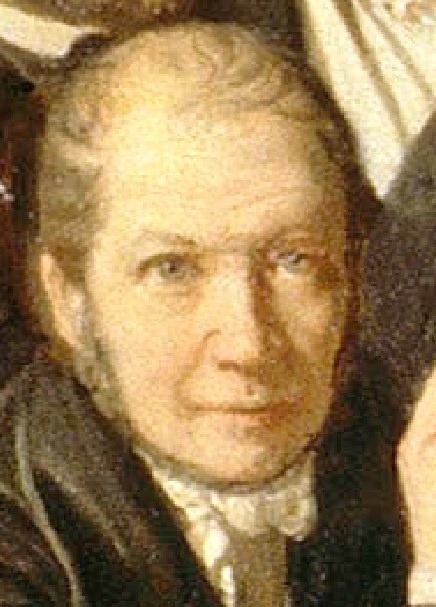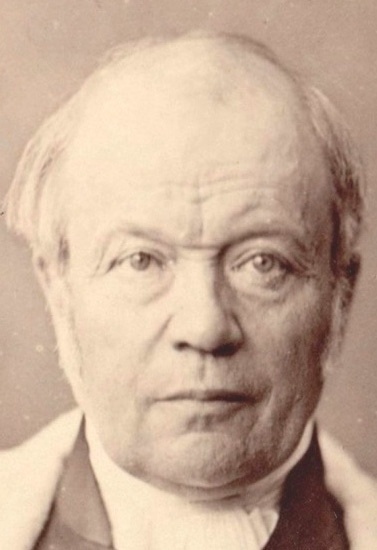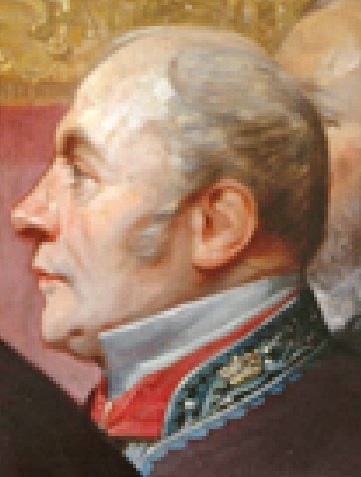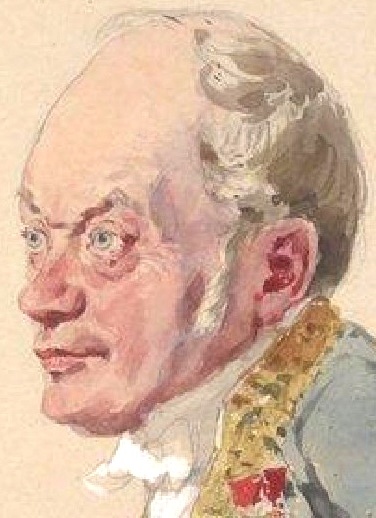Gustave Chaix d'Est-Ange (1800-1876), Attorney, Politician
1st image: Soirée; 2nd: portrait by Flandrin79 (1844); 3rd: by Nadar 1860s); 4th: by Adolphe Yvon 1865; 5th: caricature by Giraud, March 17, 1865 at de Nieuwerkerke's soirée.
Eloquent, sharp-witted, and effortlessly persuasive, Gustave Chaix d’Est-Ange was a master of rhetoric, known for his charm, sarcasm, and unwavering confidence. His passion for art collecting and literature secured him a place among the influential circle surrounding de Nieuwerkerke, regularly attending private lunches and dinners with Napoleon III and his family.
Recognizing his expertise, the emperor appointed him as a member of the artistic jury for paintings and engravings at the 1855 Exposition.
Before the Revolution, the family name had been Chaix de Saint-Ange, gradually evolving into de St-Ange and later d’Est-Ange, a change that his father (an attorney) successfully had legally approved in 1817. A gifted lawyer, Chaix d’Est-Ange found success under the French monarchy, yet his career flourished further through his firm support for Napoleon III’s rise to power. His influence grew rapidly—he was appointed Attorney General of the Royal Court in 1857, State Attorney in 1858, and senator in 1862.
Frequently accompanied by his son Gustave, also an attorney, he became particularly notable for his defense of artists such as Flaubert and Baudelaire. However, he also took the opposing role in legal actions against Victor Hugo, whose defense was led by Odilon, the brother of Ferdinand Barrot55.
Breaking the family's long tradition of law, Gustave’s grandson took a different path, establishing himself in the wine industry. He became the owner of Château Lascombes, a prestigious estate within the Margaux appellation.




